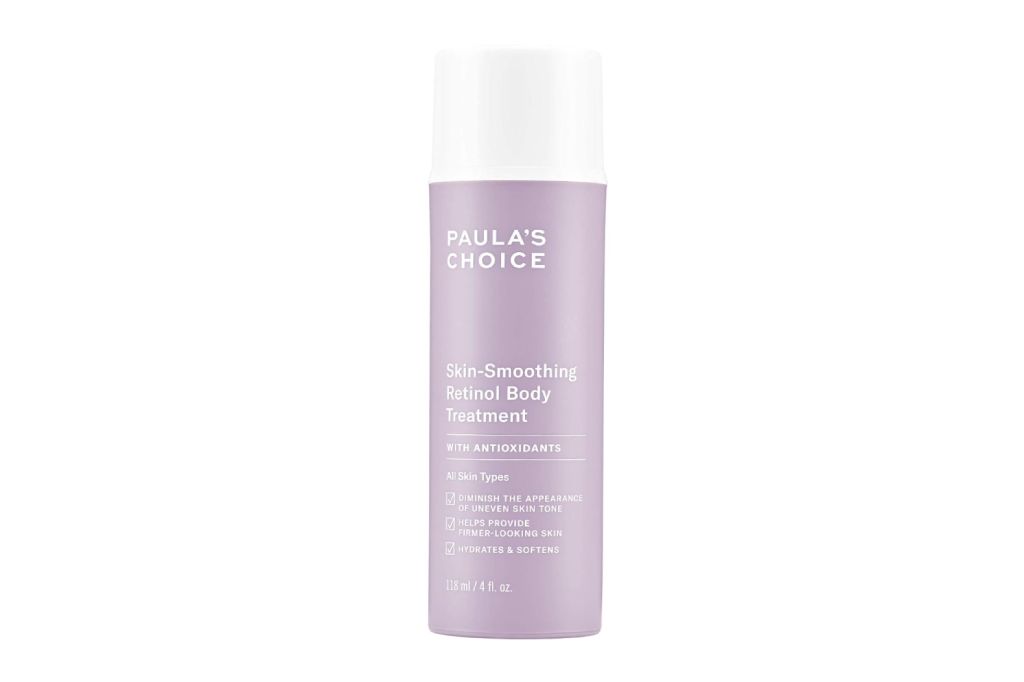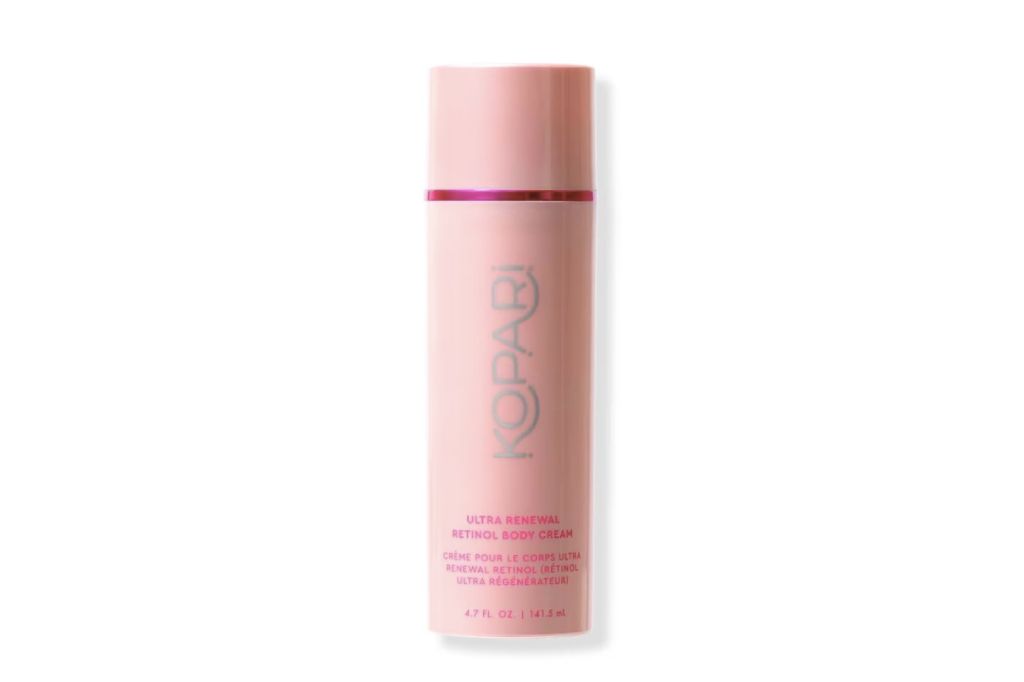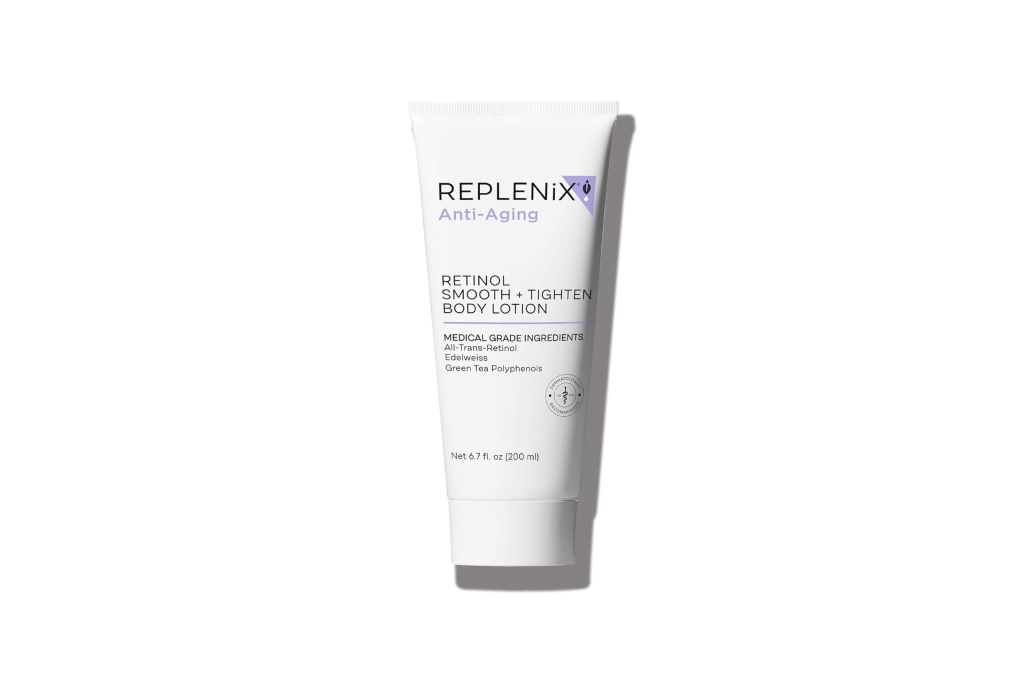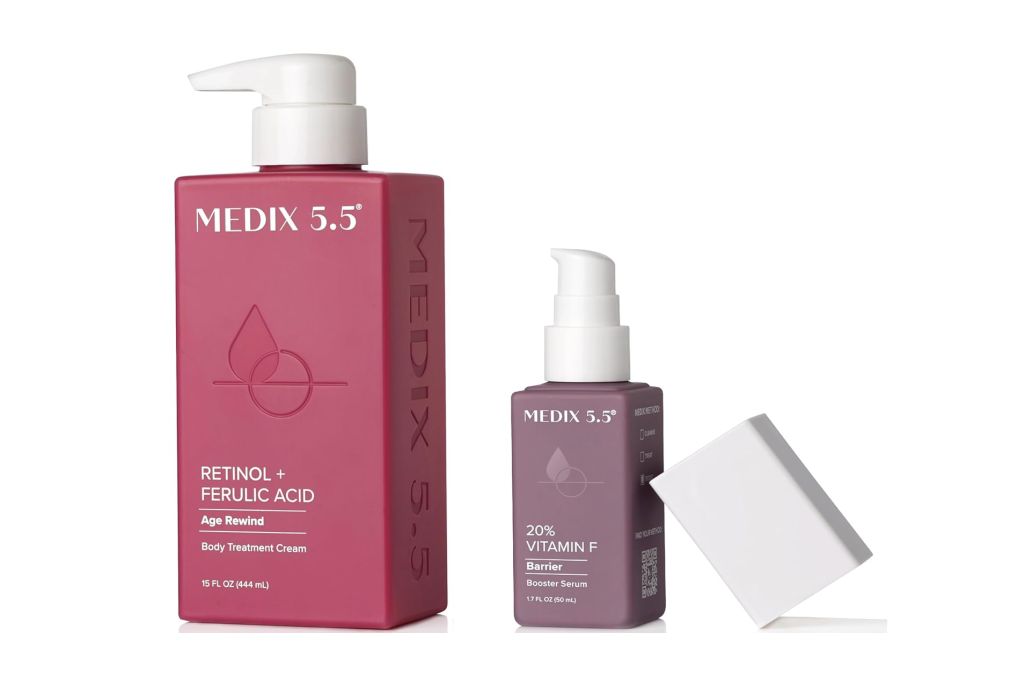Where we meet Cellulite Challenges with Care, Confidence, Commitment, Community, Compassion, Concern, Consistency, Courage!
From Frustration to Firmer Skin: Can Retinol Reduce Cellulite?
January 13, 2025

Welcome to The Cellulite Site!
This site is dedicated to every woman who struggles with the disconnect between mind and body. Our mission is to bridge the gap between the perceptions of imperfections seen in the mirror and transform those into empowering thoughts of self-love, self-appreciation, and embracing the beautiful body you’ve grown into.
We aim to provide you with the resources and methods to help your self-confidence grow, so you can feel your inner glow and shine from the inside out. Join our supportive community as we embark on this journey together.
Much love,
Bree XoXo
Rather Listen? Click the Video.
Hello, my beautiful friends- If you’ve been following me for some time, you probably know that nearly 90% of women over 30 experience cellulite developing on their legs and bum. If you’ve ever searched for a solution, chances are you’ve seen Amazon listings full of topical creams claiming to ‘reduce cellulite’ But how many of these actually work?

Have you ever spent money on an anti-cellulite creams that promised to smooth your skin, only to be disappointed with little to no results? You’re not alone. Most of these products fail because they overlook one key fact: cellulite isn’t just skin deep. But what if I told you there’s one ingredient that could make a real difference? Let’s talk about retinol and what it can actually do for cellulite.
Read all the way through to find out which retinol creams make the cut – and which one you should think about investing in!
I know how frustrating it can be to feel like nothing works. You’ve tried the creams, the massages, the endless promises from products that never deliver. And let’s be honest—cellulite isn’t just about appearances. It’s about how it makes us feel in our own skin. It can shake our confidence, leave us feeling self-conscious, and wondering if we’ll ever find a solution.
I want you to know, you’re not alone in this situation. So many of us have been in that exact place, feeling defeated by something that seems out of our control. But here’s the thing: there is hope. The science of skincare has come a long way, and while there’s no magic cure, there are real, evidence-based solutions that can help. Retinol is one of them, and I’m here to walk you through what it can—and can’t—do, so you can make the best decision for yourself.
In the National Library of Medicine, A randomized, placebo-controlled trial of topical retinol in the treatment of cellulite was performed. After six months of applying retinol, the treated areas of skin showed measurable improvements. Skin elasticity, which is its ability to stretch and bounce back, improved by 10.7%. Meanwhile, viscosity—the skin’s resistance to flow or deformation—decreased by 15.8%.
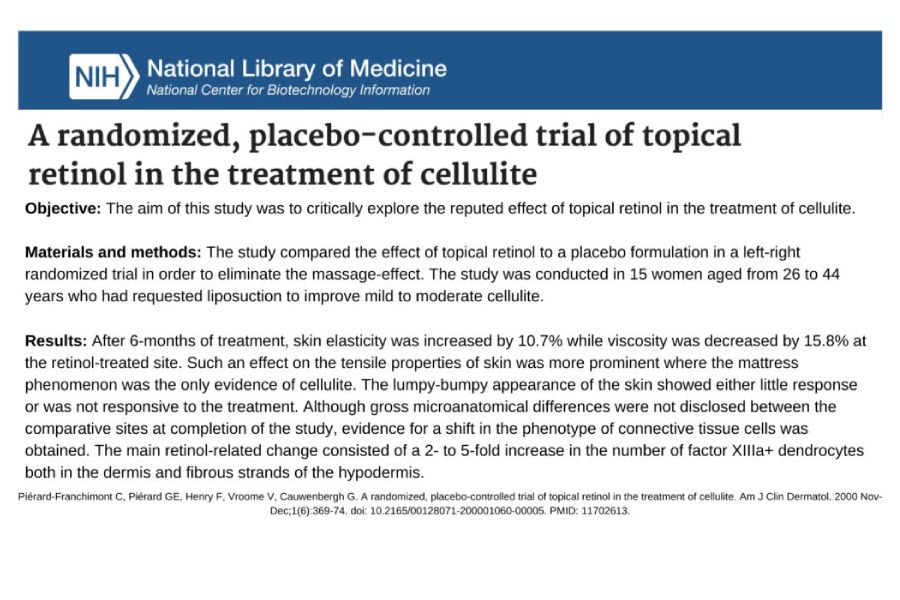
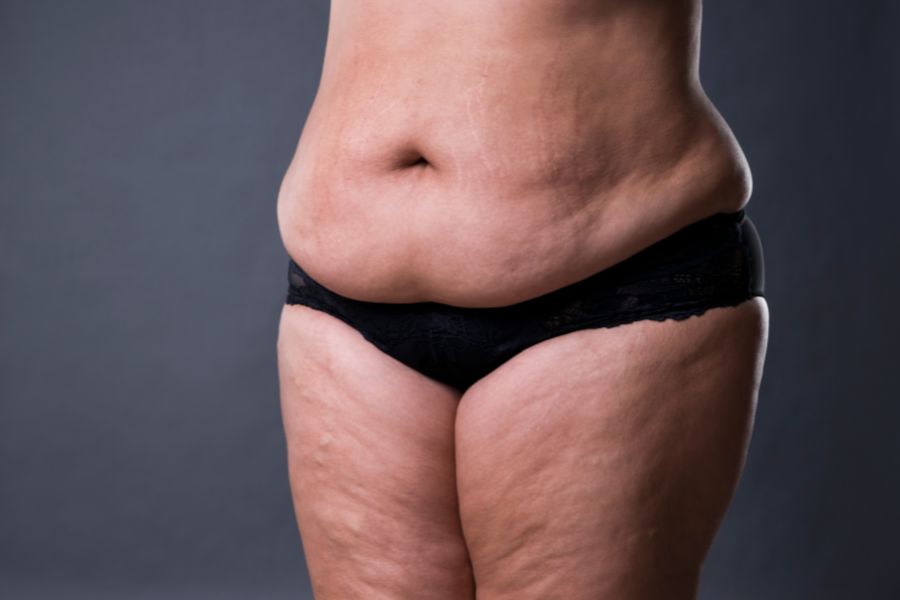
Here’s where it gets interesting. These improvements were most noticeable in people whose cellulite was mild—what’s known as the ‘mattress phenomenon.’ This is when the skin looks slightly uneven, like the surface of a quilted mattress, but doesn’t have those deeper, lumpy dimples. In other words, retinol worked better when the cellulite was less severe.
Now, for the bad news: For women with cellulite in stages 3-4 with more pronounced dimpling or lumpiness, retinol didn’t make a significant difference. These deeper changes in the skin’s texture are more stubborn and will require a different type of treatment.
Further studies from the Mayo Clinic suggest that applying 0.3% Retinol cream has been shown to improve the appearance of cellulite. Retinol helps thicken skin, which reduces the dimpling. Such products are applied once or twice a day. And, like performing The Cellulite Circuit routine, effects won’t be noticeable for six months.
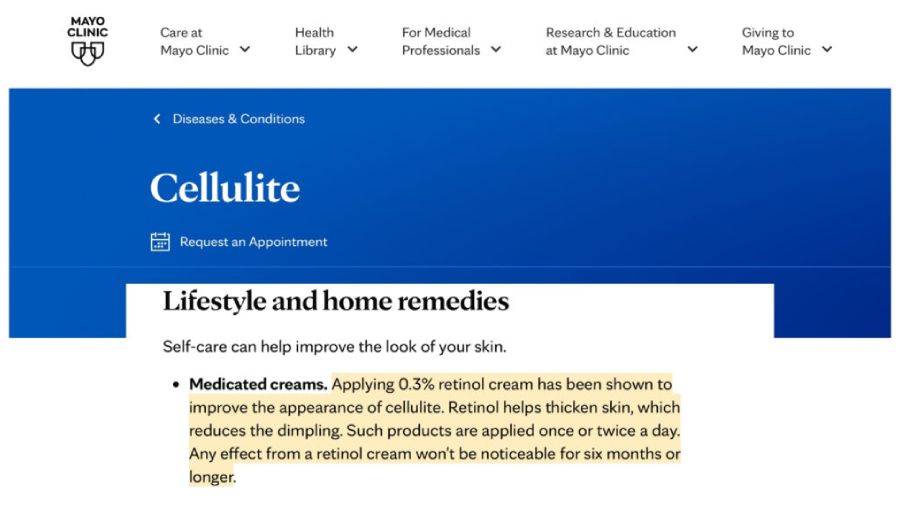

Most topical creams on the market promise quick fixes, but scientific research paints a different picture. The majority of these products lack robust ingredients and therefor evidence to support their claims. Why? Because cellulite is a very complicated web of fibrous septae bands, enlarged fat cells, and skin structure that requires a multifaceted approach.
Effective treatments often need to address multiple factors, including skin elasticity, circulation, and the integrity of connective tissue. Most topical creams fail to achieve these results because they don’t penetrate deeply enough or lack clinically proven active ingredients, such as retinol, caffeine, enzymes, or peptides, in effective formulations and concentrations.
99% of creams on the market are ineffective at addressing these complexities, and you’d be wasting your money on the vast majority of products claiming to address cellulite concerns.
Imagine this: You’re standing in front of the mirror, examining those stubborn dimples on your thighs that just won’t budge no matter how many workouts or creams you’ve tried. You’ve heard the buzz about retinol—how it’s the skincare superstar for fine lines and wrinkles—but cellulite? Skepticism sets in, but you decide to give it a shot. You apply the cream nightly, not expecting much.
A week passes, then two. You start to notice subtle changes. Your skin feels smoother, firmer, almost as if it’s waking up. Could it be working? The science starts to make sense: retinol increases cell turnover and boosts collagen production, targeting the structure of your skin. You’re not there yet, but for the first time, you feel like you’re on the right track—like this might actually work.

Retinol is a popular ingredient in cellulite creams due to its ability to improve skin thickness and firmness, which can reduce the appearance of dimpling. Retinol-based products are often paired with other active ingredients like caffeine or botanical extracts to enhance effectiveness, targeting skin firmness and microcirculation issues that contribute to cellulite’s appearance.
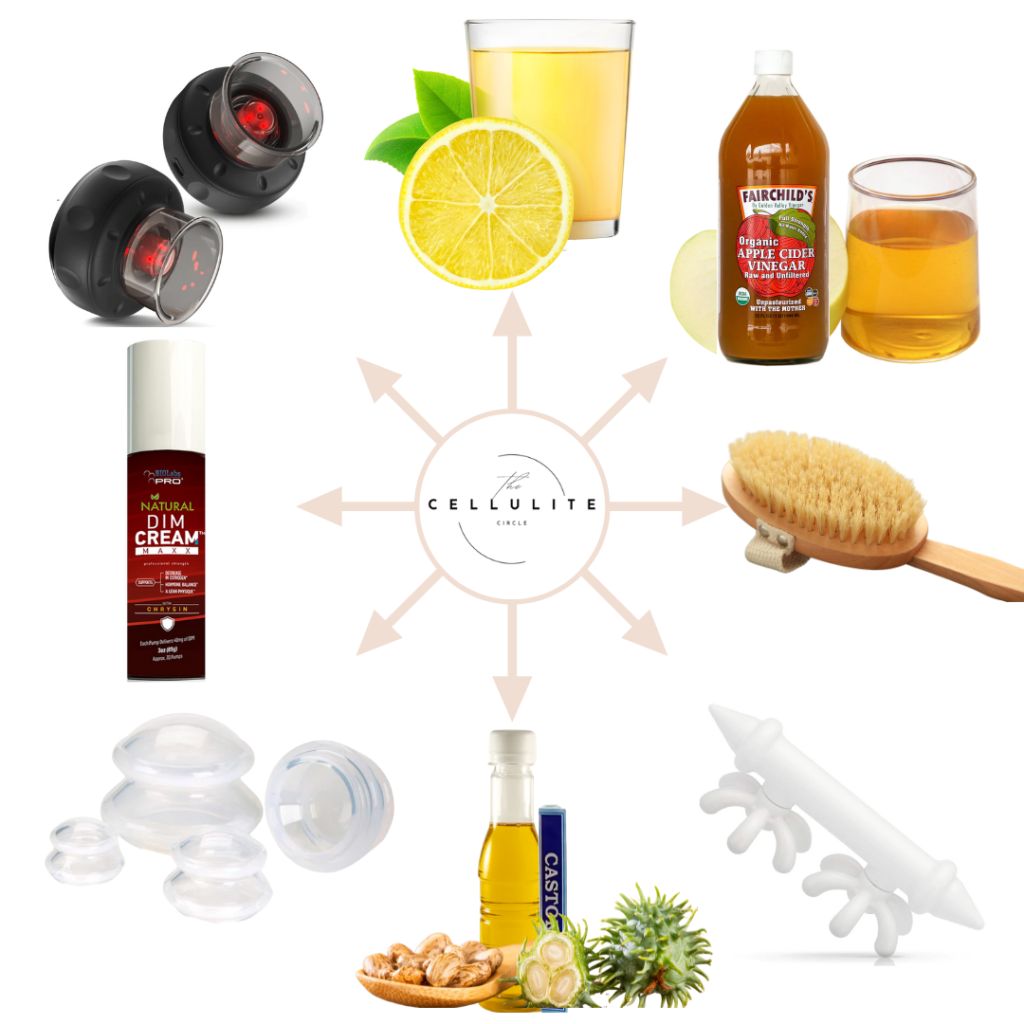
While these creams can help improve the texture and tone of the skin, their results are generally temporary and require consistent application. They are most effective when combined with a comprehensive approach, including diet, exercise, and potentially other medical or non-invasive treatments, such as those that I discuss in The Cellulite Circuit.
The percentage of retinol needed for effective results varies depending on the product’s formulation and how your skin reacts to it.
Most cellulite-focused creams with retinol are marketed with concentrations ranging from 0.1% all the way up to 2%, which is designed to improve skin texture and target conditions like keratosis pilaris – which we don’t cover on the cellulite site.
Specific formulations might also include additional active ingredients like caffeine or peptides to improve efficacy.
When choosing a retinol anti-cellulite cream, certain ingredients can enhance the effectiveness of the product. Look for formulations that combine retinol with complementary active ingredients to improve skin elasticity, and thickness, as well as overall texture.
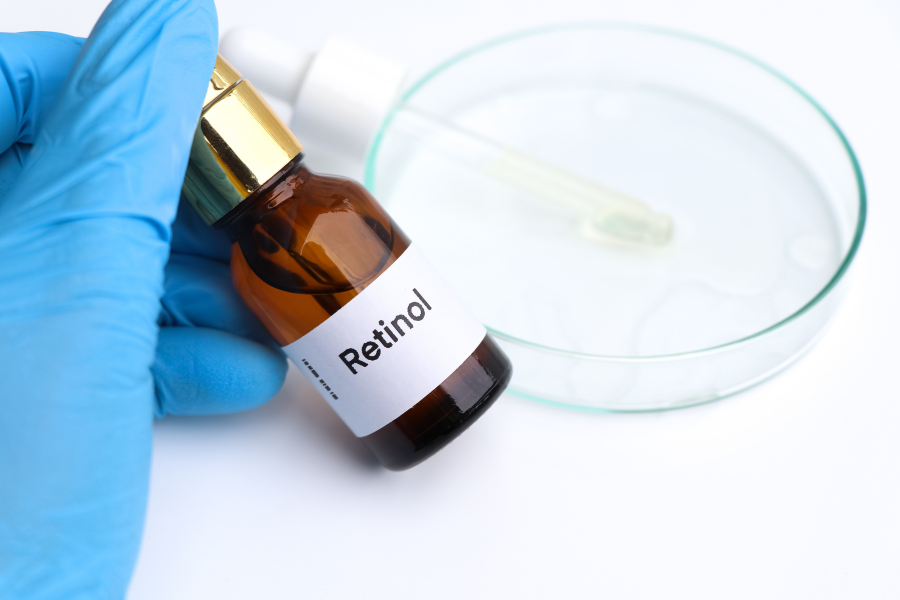
Here’s a list of 10 Key ingredients to consider:
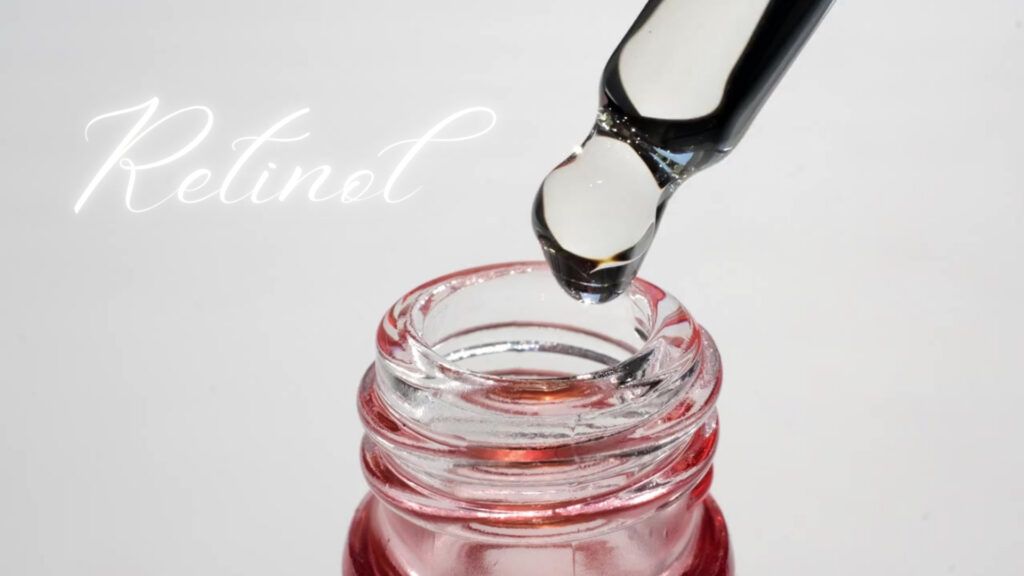
1. Retinol
- Why it works: Retinol boosts collagen production, thickens the dermis, and increases skin elasticity, which can help reduce the appearance of cellulite.
- Ideal concentration: Products typically range from 0.1% to 2% for body applications, depending on skin tolerance.
2. Caffeine
- Why it works: Caffeine has diuretic properties, which can temporarily reduce swelling and improve skin’s appearance by dehydrating fat cells. It also stimulates circulation, which may enhance retinol’s penetration and efficacy.

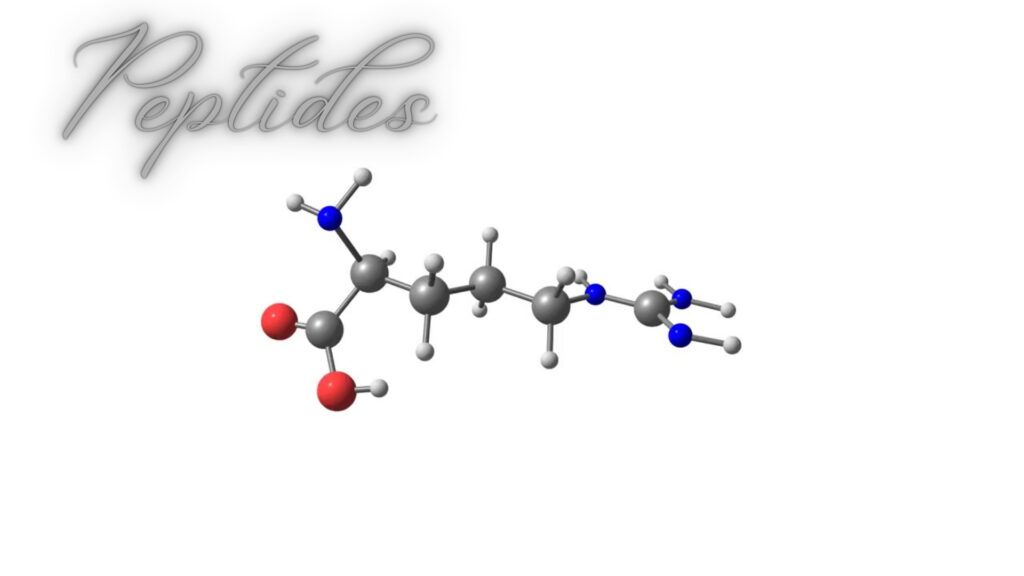
3. Peptides
- Why they work: Peptides can support collagen synthesis and improve skin firmness, complementing retinol’s effects on skin structure.
4. Hyaluronic Acid
- Why it works: Hyaluronic acid hydrates the skin, plumping and smoothing its surface. This helps counterbalance the dryness that retinol can cause and improves overall skin texture. You probably use it on your face
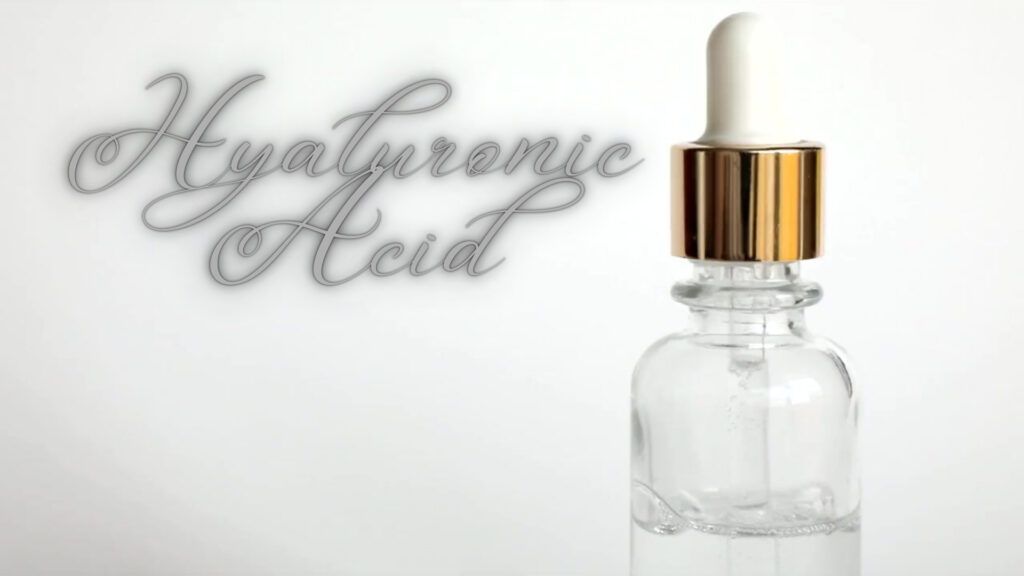
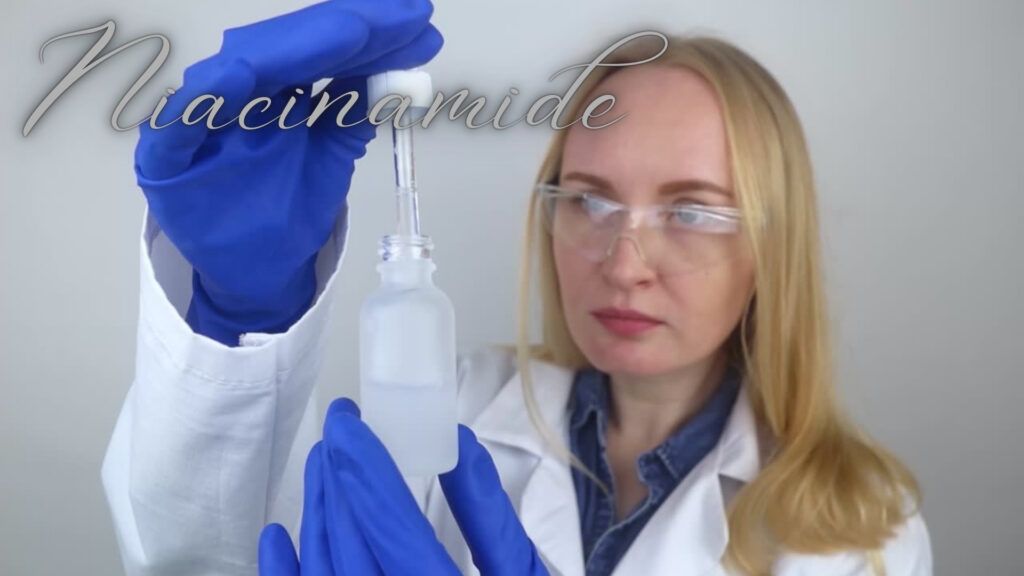
5. Niacinamide (Vitamin B3)
- Why it works: Niacinamide supports skin barrier function, reduces inflammation, and helps even out skin tone, making it an excellent addition to retinol formulations.
6. Antioxidants (e.g., Vitamin C, Vitamin E)
- Why they work: Antioxidants protect skin from oxidative stress, which can worsen cellulite over time. They also enhance collagen production and repair skin damage.

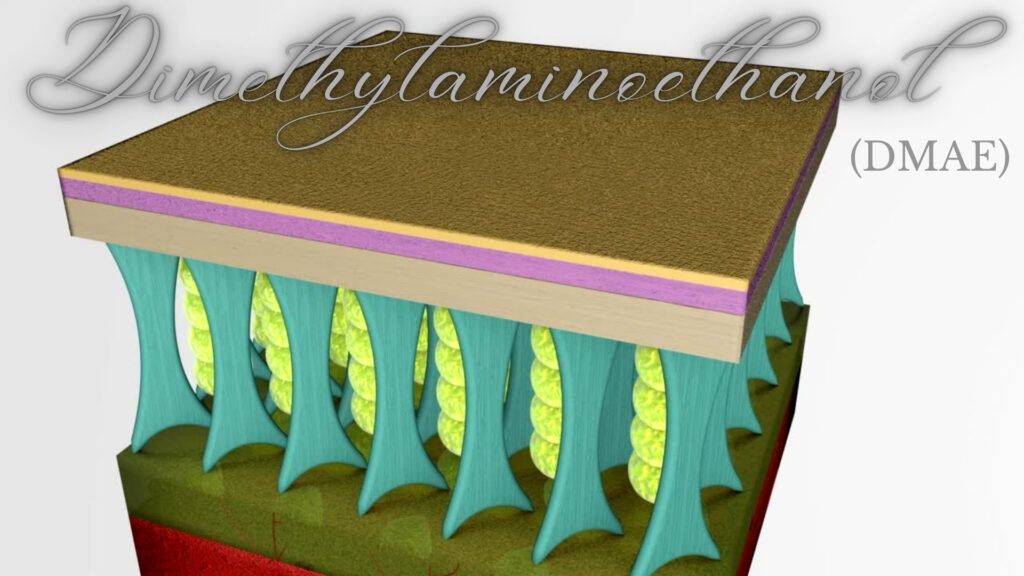
7. Dimethylaminoethanol (DMAE)
- Why it works: DMAE is known for its skin-tightening effects, which can help temporarily help smooth out dimpling associated with cellulite.
8. Centella Asiatica (Gotu Kola)
- Why it works: This herbal extract promotes collagen synthesis, improves circulation, and strengthens skin’s connective tissues, potentially enhancing cellulite treatment outcomes.

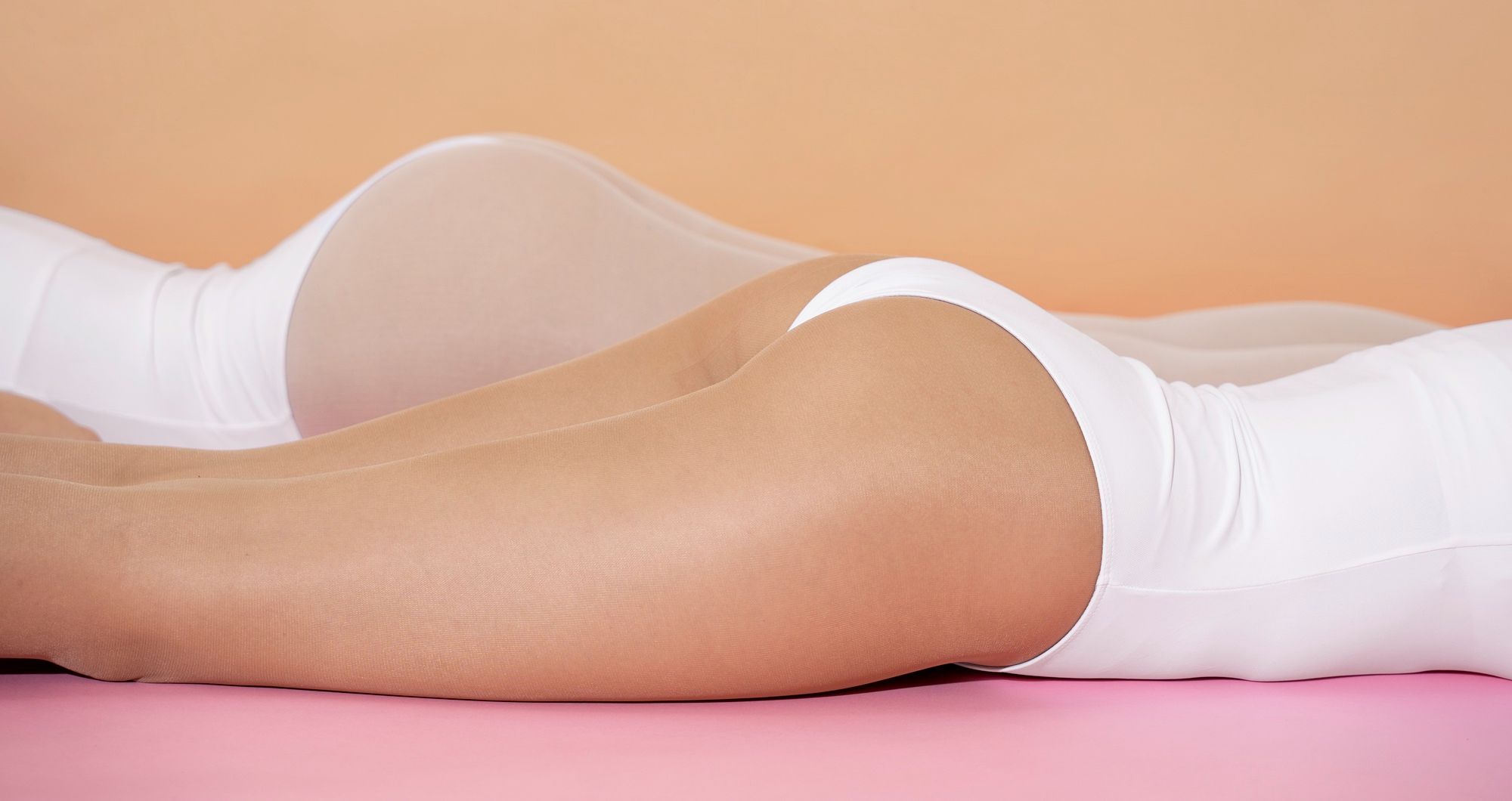
9. Shea Butter or Ceramides
- Why they work: These moisturizing agents improve skin barrier function and prevent dryness, which is particularly important when using retinol.
10. L-Carnitine
- Why it works: L-Carnitine may help metabolize fat and reduce the accumulation of subcutaneous fat cells, working synergistically with retinol.

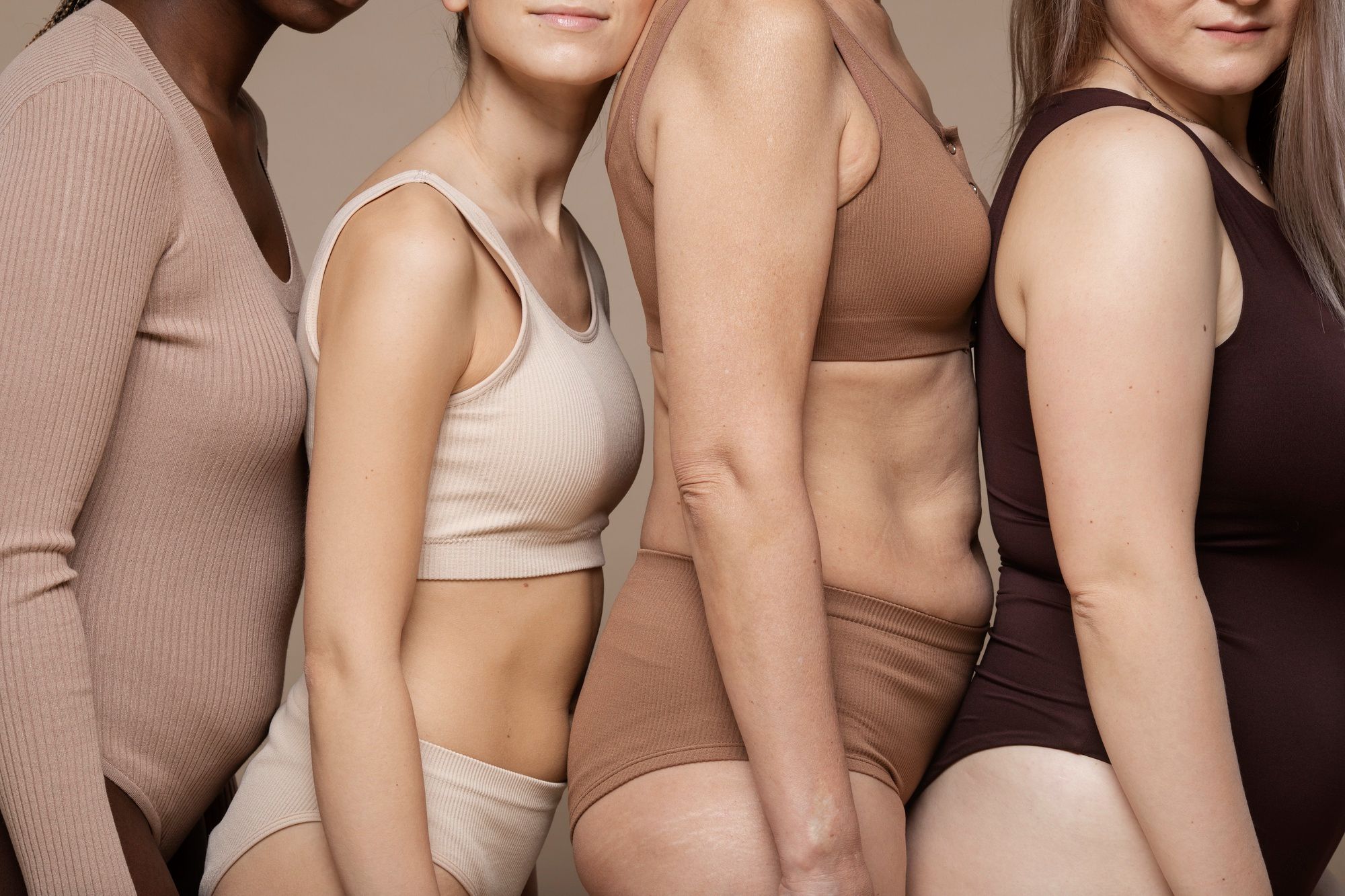
By combining retinol with these complementary ingredients, an anti-cellulite cream can target multiple aspects of cellulite, such as collagen breakdown, poor circulation, and inflammation, for better results. Always patch-test new products and consult a dermatologist for advice on active ingredients that suit your skin type.
Pure retinol is yellow in color and cannot be bleached. However, many retinol creams on the market are white, which may indicate that they don’t contain enough active vitamin A.
Here are some other things to know about retinol:
- Packaging – Retinol is delicate and can deactivate quickly when exposed to light, so it’s important to look for a retinol product in opaque packaging.
- Skin irritation – Retinol can irritate your skin, so it’s best to start slowly. You might experience redness, itching, or burning at first, but these symptoms should go away as your skin gets used to the treatment.
- Skin purging – Retinol can sometimes make your skin look worse before it gets better. This is known as “skin purging” and occurs because retinols increase the speed of skin cell turnover.
In my cellulite reduction routine, I’ve been using Paula’s Choice Retinol Skin-Smoothing Body Treatment.
I haven’t been using it long enough to give you a solid review, but the reason I wanted to start with it is because the retinol content is a low risk formula with 0.4%-0.6%. With everything else I’ve been incorporating into my Cellulite Circuit routine, I didn’t want to irritate my skin.
Paulas choice has antioxidants like Vitamins e and c, as well as shea butter and evening primrose. So, overall, I think it’s a good choice if you’re just starting to use retinol and you think you might have a sensitivity to it.
It has good ratings, but a higher price point at $32.00 for a 4 oz bottle. When you’re using a lot to cover large area’s you could easily go through a couple of bottles per month.
Several other products fall into the middle ground, offering moderate effectiveness with a medium risks of irritation. While I haven’t personally tried these yet, they seem to hit the sweet spot for me when it comes to the right balance of retinol percentage, supporting ingredients for cellulite reduction, as well as the price.
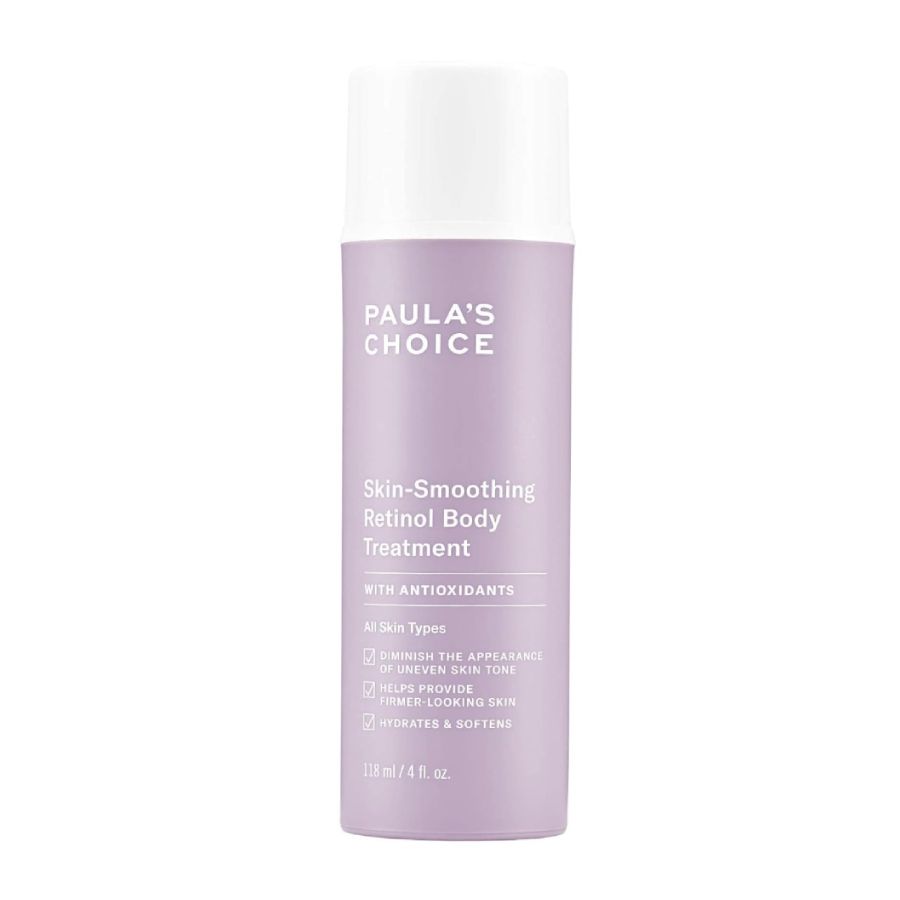
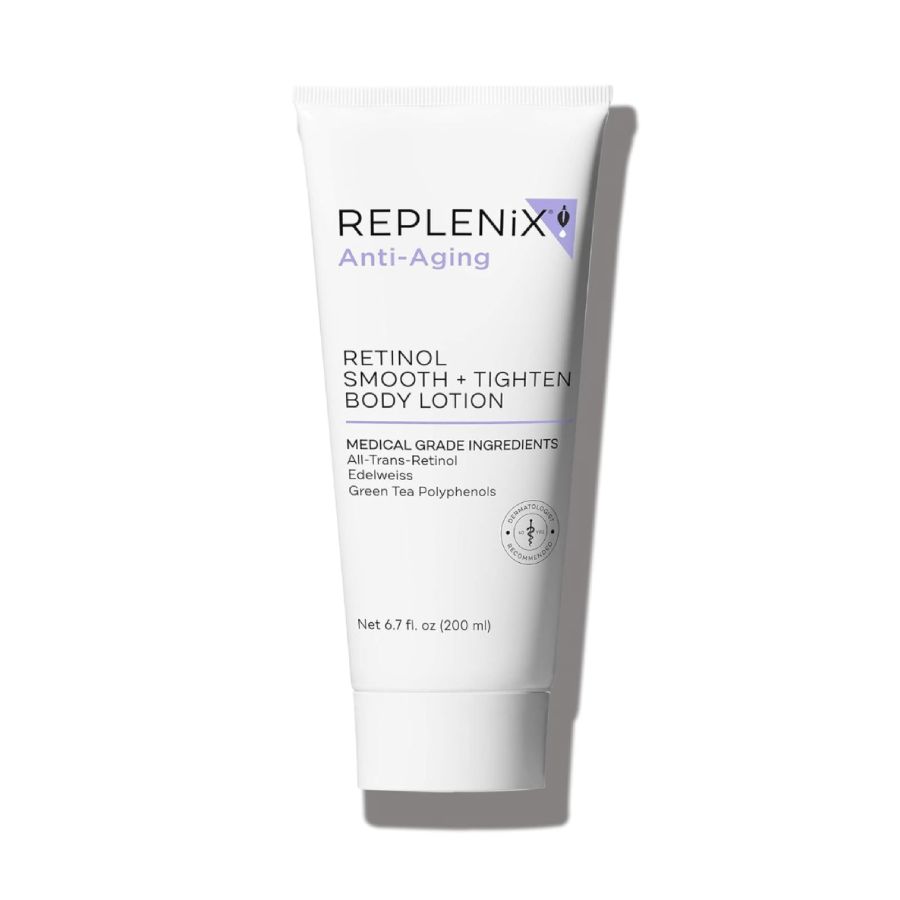
Replenix Retinol Smooth + Tighten Body Lotion – The range of retinol in this product is 0.95%- 1.15%.
It’s claimed that the age-defying body lotion is formulated with a proprietary blend of caffeine, medical-grade All-Trans-Retinol, Edelweiss Flower and Hyaluronic Acid to help visibly lift and tighten the skin while working to improve texture and tone. At a higher price point of $84.60, this one may sit out for me. I will definitely let you know if I decide to give it a try.
Kopari Ultra Renewal Retinol Body Cream
Kopari Ultra Renewal Retinol Body Cream is a luxurious body treatment infused with encapsulated retinol (estimated between 1.4–2.2%;), acai, and natural botanicals. This cream targets fine lines and crepey skin, promoting collagen production while resurfacing and hydrating for smoother, more youthful-looking skin. Though I haven’t tried it yet, since the retinol percentage seems really high. However, its combination of active ingredients makes it a promising option for enhancing skin texture and elasticity.
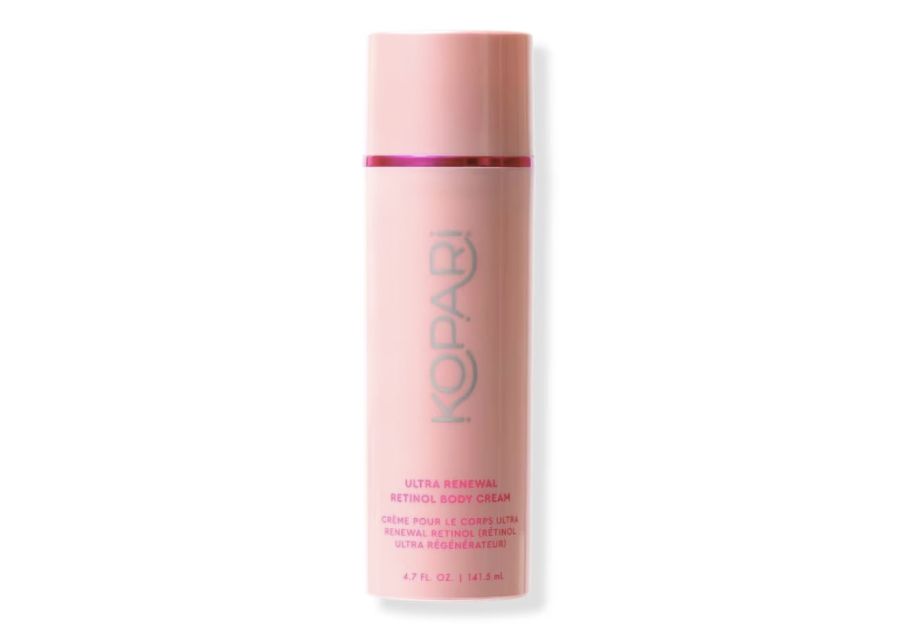
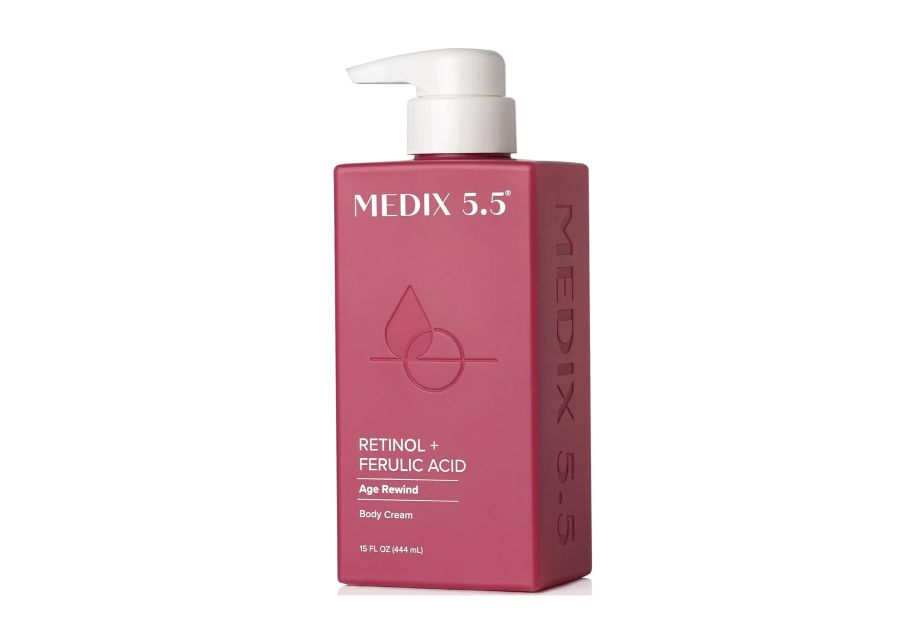
Medix 5.5 Retinol Cream with Ferulic Acid
With a higher base of 1.2% – 1.9% Retinol, it could cause irritation. I suggest either starting with a product like Paula’s with a little less retinol – or use it every other day and increase as your body adjusts to it.
It has a 4.3 star rating on Amazon with over 33k global ratings. I really like that the price point is very reasonable at $17.99, but at the same time – that’s why I was skeptical. To be honest, I was actually dismissive of the product until I started doing my research for this video.
The product has many incredible ingredients such as shea butter and apple for soothing. Ferulic acid helps to neutralize free radicals, which can cause skin aging and damage. Its primary benefits include improving the appearance of fine lines, you know the ones you get above your knees; enhancing skin texture, and protecting against environmental stressors like pollution and UV rays. It has also been noted for its ability to improve the skin’s overall health by promoting collagen production and reducing the signs of aging.
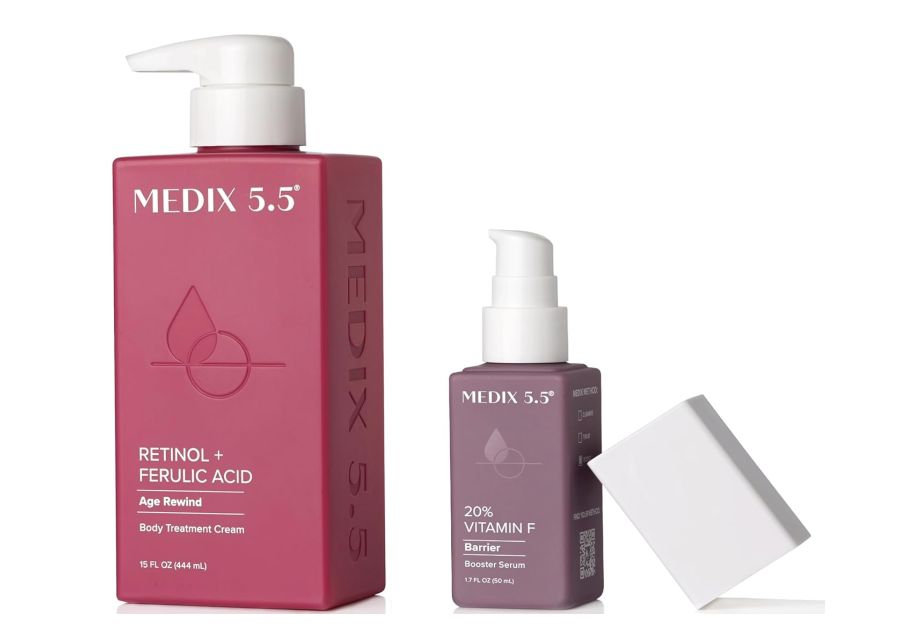
Ferulic acid is valued in skincare for its antioxidant properties, and its inclusion in retinol creams helps to boost the effectiveness of the product while providing protection from oxidative stress.
The other thing I really like about Medix 5.5 is the bundles. While the Retinol and Ferulic Acid Cream does not have the Hyaluronic Acid included in its ingredients, they offer a separate bottle at 3% – and suggest purchasing the set. For a very reasonable price point at $32.99 – I think it’s a great value!

I’m excited to give this product a try! Once I finish my current bottle of Paula’s Choice, I’ll be switching to Medix 5.5 and documenting my experience along the way. Stay tuned—I’ll share the results in a follow-up video, which I’ll link at the end of this one so you can see how it works for me!
So, my friends, with thousands of products on the market, I’m sure you’re wondering why I’ve selected just a few to recommend. The truth is, the key factor I focus on is the retinol ratio. While many products claim to contain retinol, I found that a vast majority had a retinol concentration of only 0.01%—or no percentage was provided at all. This lack of transparency can make it difficult to know what you’re actually getting. That’s why I rely on verified sources that offer clear information on retinol percentages, ensuring the products I recommend truly stand out for their effectiveness.
While there’s no shortage of options when it comes to anti-cellulite creams, it’s essential to choose products with the right ingredients, backed by solid research and transparency. Retinol, when used in the right formulation and concentration, along with other robust ingredients, has proven its worth in improving skin texture, boosting collagen, while reducing the appearance of cellulite.
The key is knowing what to look for and selecting products that offer meaningful, science-backed results. I hope this guide helps you navigate the many choices out there and find the one that works best for you! Please tell me in the comments below – what you’ve tried and whether or not you found it to be effective.
I’ll put links in the description below if you’d like to try any of these products that I recommend. When using a retinol product, try to use it at night and if you put it on in the morning, REMEMBER to Always Wear Sunscreen.

